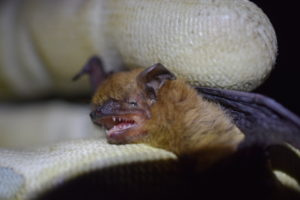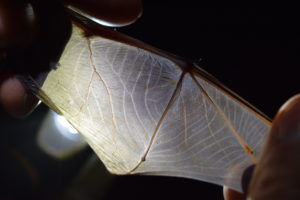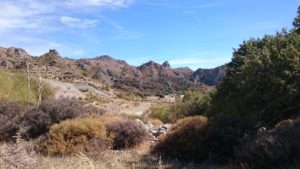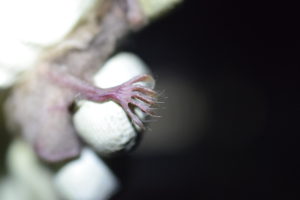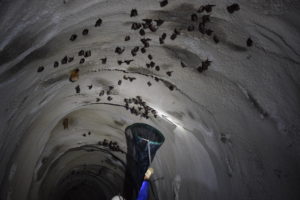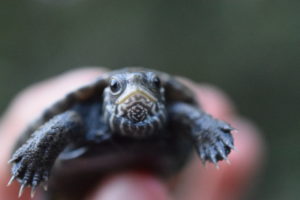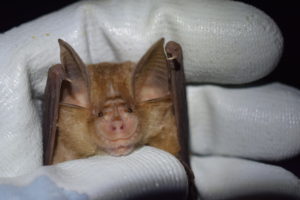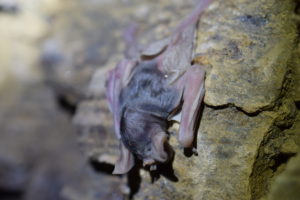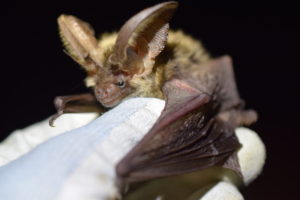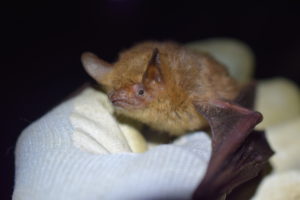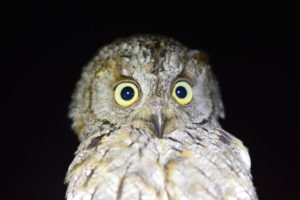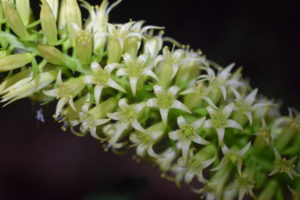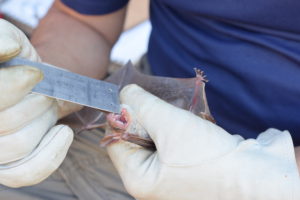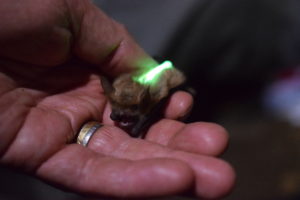Lesvos is the third biggest Greek island, so on our second trip here we concentrated on the southern and eastern parts of the island. There was such a contrast between the two halves of the island! Forests were much more common, mostly of pine and oak, and the landscape was much more vegetated. This also meant that finding some of the cave locations was challenging as there was often a lot of spikey vegetation between us and it…
We had a curiosity on this trip in the form of a Myotis species that seemed to have characteristic features from two different species, so we are looking forward to receiving the DNA analysis results from the wing punches taken. And after five trips of catching fragments of Mehely’s horseshoe’s echolocating, we finally caught some that were roosting in a cave with several other species of bat.
Our species list for Lesvos, from both trapping and sound recordings, included:
| Common pipistrelle | Pipistrellus pipistrellus |
| Kuhl’s pipistrelle | Pipistrellus kuhlii |
| Savi’s pipistrelle | Hypsugo savii |
| Greater mouse-eared | Myotis myotis |
| Long-fingered bat | Myotis capaccinii |
| Whiskered | Myotis mystacinus sp. |
| Greater horseshoe | Rhinolophus ferrumequinum |
| Mehely’s horseshoe | Rhinolophus mehelyi |
| Lesser horseshoe | Rhinolophus hipposideros |
| Blasius’ horseshoe | Rhinolophus blasii |
| Geoffroy’s bat | Myotis emarginatus |
| Leisler’s | Nycatlus leisleri |



